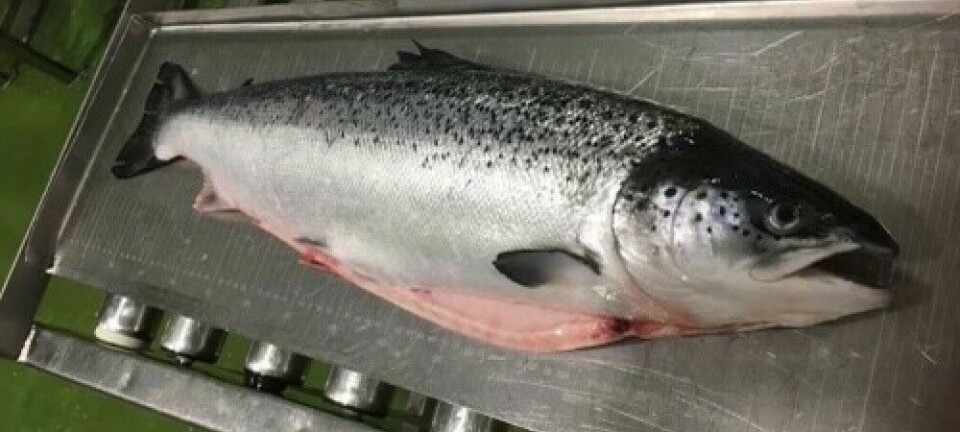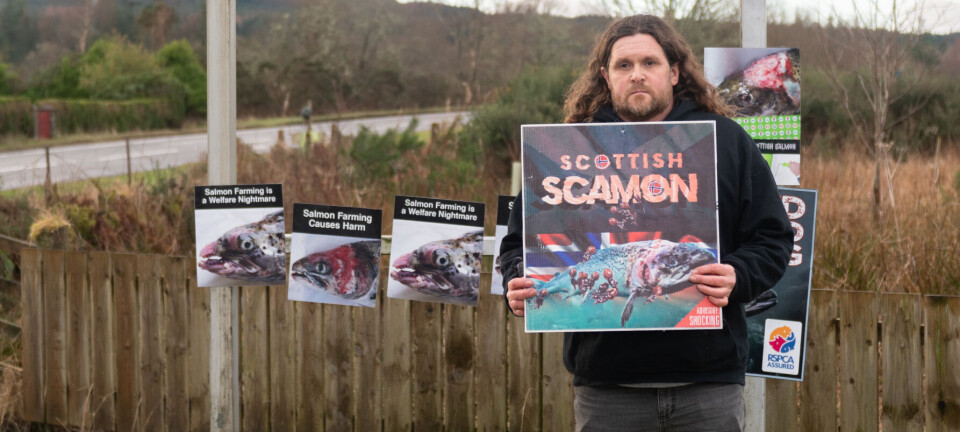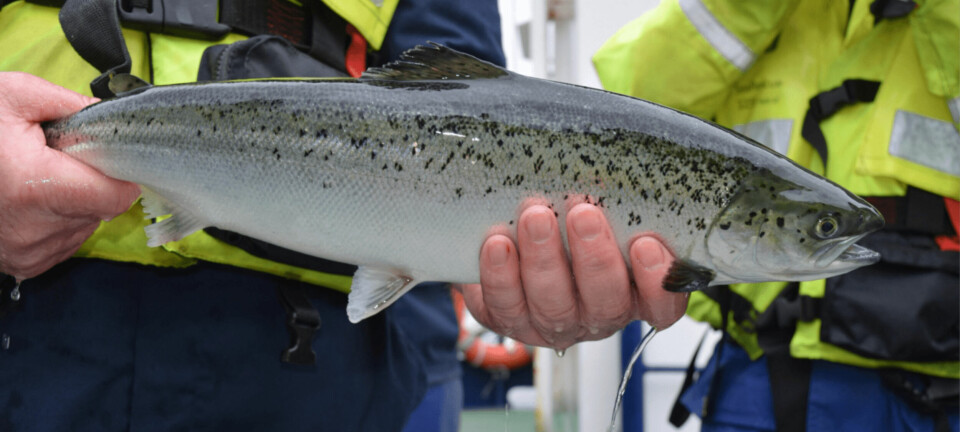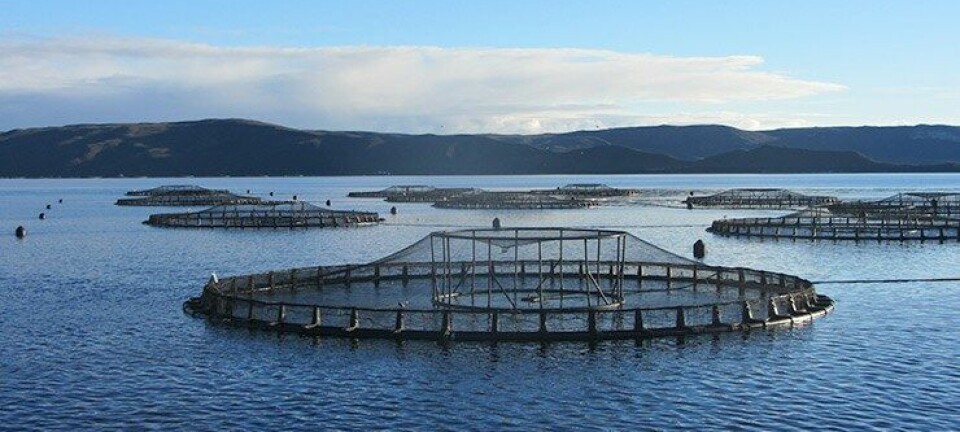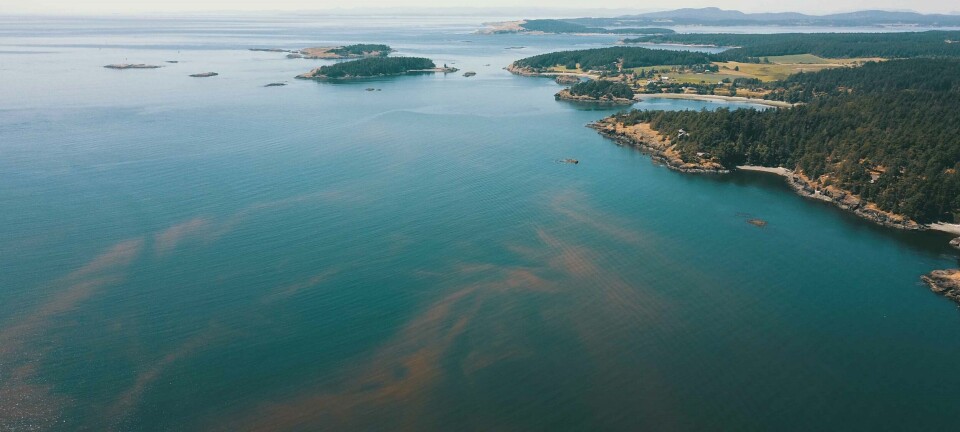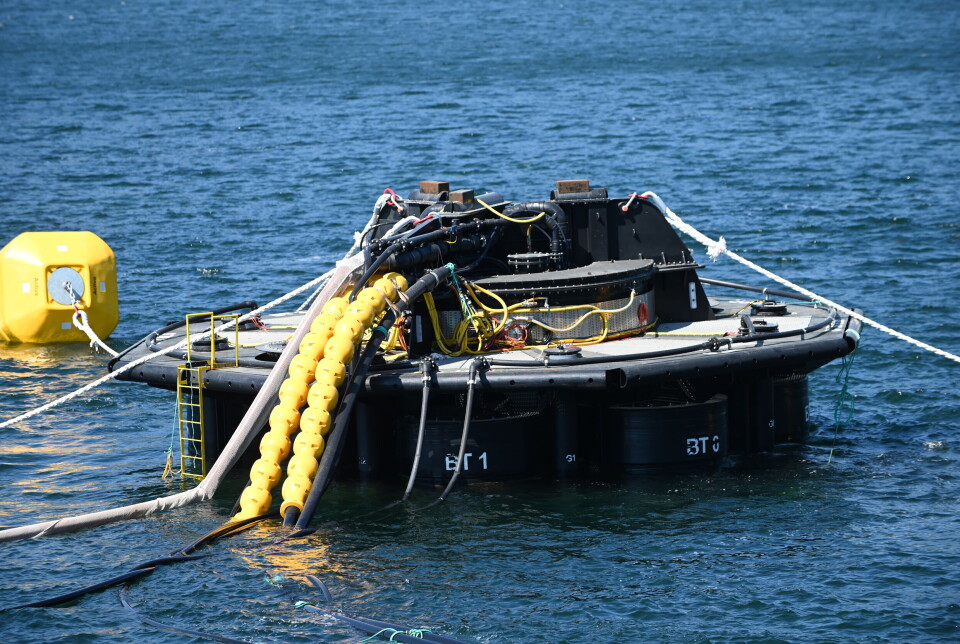

Åkerblå boss jumps aboard the Watermoon
Roger Sørensen takes on 'most exciting project of his career'
Norwegian family-owned salmon farmer Eide today announced that Roger Sørensen, chief executive of fish health, welfare, and environment services provider Åkerblå, is to become CEO of its floating closed containment project Watermoon.
Eide said with over 10 years at the helm of Åkerblå – where he led the company’s growth from 14 to over 550 employees – Sørensen is one of the most experienced and respected leaders in Norwegian aquaculture.
He will now lead the next chapter in Watermoon, a technology that Eide says combines zero emissions, lice-free production, high sludge collection and groundbreaking fish welfare.
Top-shelf signing
“This is a top-shelf signing. Roger has deep insight into both the biological and commercial aspects of the aquaculture industry. He knows the challenges from the inside – and he sees the solutions,” said Eide chief executive Sondre Eide.
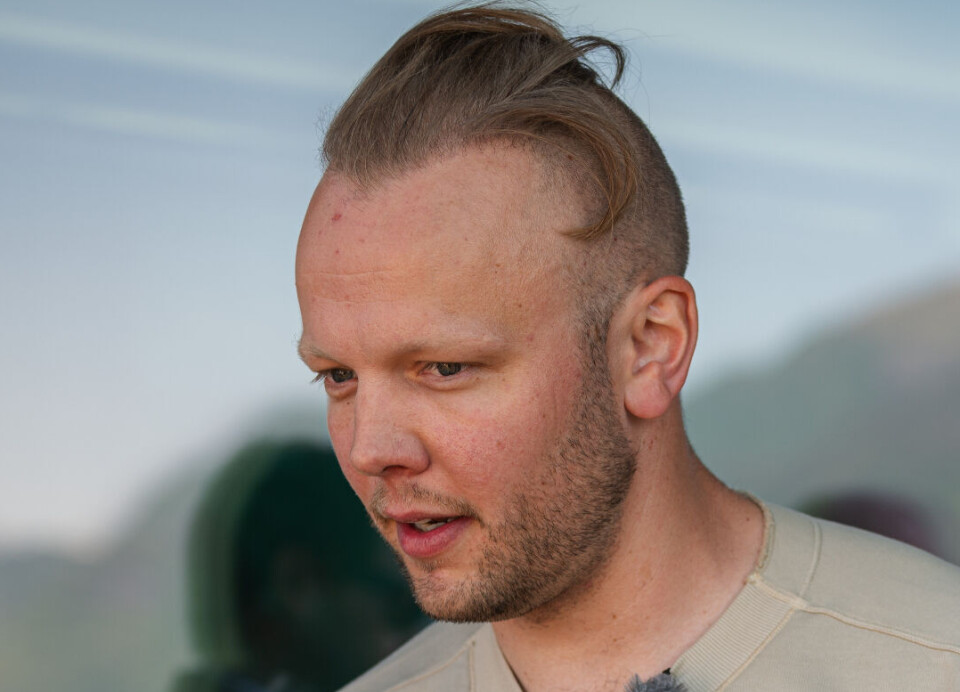
“The fact that he is now joining Watermoon is a clear sign of how big this project is becoming.”
Sørensen said he’d had an incredibly rewarding journey in Åkerblå, but Watermoon represents the most exciting aquaculture project he has seen in his career.
“This is not just about technology but about solving the biggest problems in aquaculture while simultaneously raising fish welfare to a whole new level. I simply could not turn down that opportunity,” he added.
Emission-free technology
Watermoon is a submersible, closed and emission-free technology developed by the Eide family through several years of testing and research. The system physically separates salmon from sea lice, has higher sludge collection than land-based facilities, and uses double barriers to minimise escape risk. Four new Watermoon 2.0 have already been ordered, and the technology is said to be ready for commercial deployment.
“We have been working quietly for many years to develop a solution that benefits both industry, nature and the fish. Watermoon can produce food fish and post-smolt and is suitable for the tough conditions along the Norwegian coast with a tolerance of up to 6 metres of wave height. Now we are at a turning point where the technology is ready for the market – and having Roger on board at this particular stage is absolutely perfect,” said Sondre Eide.
'Sending a signal'
The announcement of Sørensen’s appointment has been deliberately made on the same day that the government presents its new aquaculture report at 5pm (4pm BST). Supporters of floating closed and semi-closed containment hope it will contain measures to incentivise low-emission farming technology.
“We are sending a clear signal: there is already technology that makes it possible to take a green aquaculture boost in Norway. Watermoon is ready to use – what is now missing is political will,” said Eide.
“If Norwegian aquaculture is to grow further, it must happen with technology that takes responsibility. It is no longer just about volume – it is about footprint. Watermoon shows that it is possible to combine sustainability, good fish welfare, and profitability. Now we need the government to facilitate zero-emission technologies.”
The company that Sørensen is leaving, Åkerblå, provides fish health services in Norway, Iceland, and in Dunstaffnage near Oban, Scotland, through its subsidiary Ocean Ecology. That company also owns Tritonia, which develops technology and methodology for applied underwater photogrammetry, used in aquaculture and other marine sectors.
